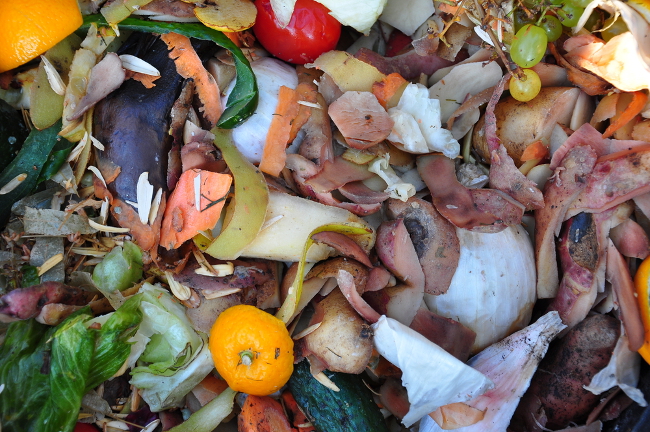
Solid Waste
The United States is the land of plenty. Unfortunately, that also means we generate plenty of waste. The amount of solid waste generated yearly by the average American household has been rising steadily over the last 50 years. Although recycling and other green/sustainability efforts have helped us to treat waste disposal in a more responsible manner, it’s still important to know how to properly dispose of the items we get rid of a regular basis.
It’s everyone’s responsibility to understand that not everything can be tossed in the garbage can. Certain types of waste require specific disposal methods to ensure that they don’t harm the environment, or create health issues or other problems. For example, typical household waste such as non-recyclable packaging and food scraps are garbage items for a waste collection service provider. Certain household cleaning products such as floor cleaners and pesticides, on the other hand, should not be thrown in the “regular” garbage — they could end up in landfills, and eventually seep into the groundwater to create a serious health hazard.
Homeowners can often dispose of these unwanted items more responsibly by contacting local hazardous waste facilities. Other items, such as household appliances and old tires, are better served going to a qualified junk removal service — one with expertise in handling large/odd items. These companies basically remove your junk to be recycled, donated or disposed of properly in a sanitary landfill.
The following guide is a great resource for tips on proper methods for disposing of junk and the most common types of household waste. The average American household may generate plenty of waste, but by being responsible and following the advice in this guide, people can reduce the impact it has on the environment and their communities.
